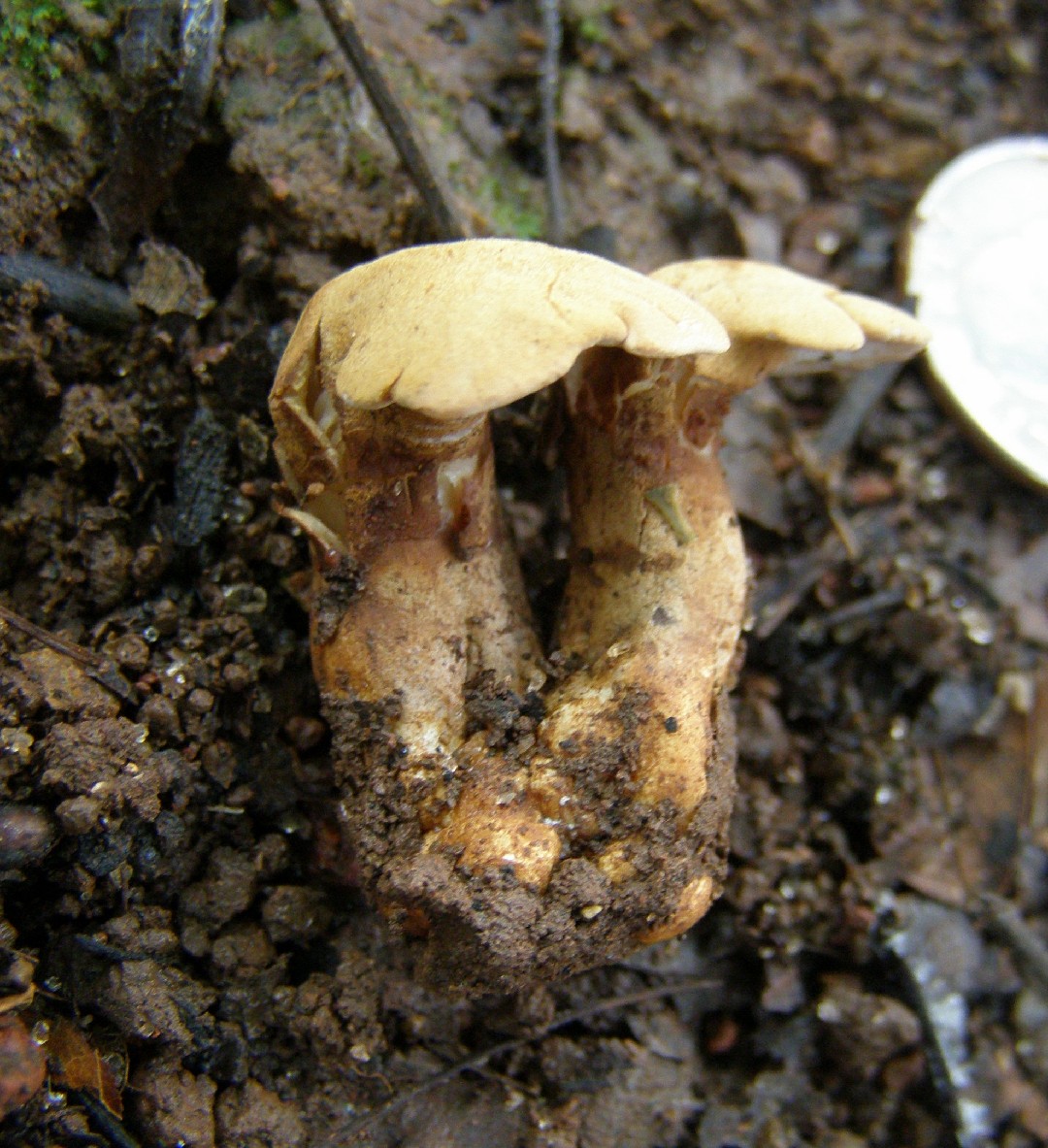Pseudofistulina
Scientific name: Pseudofistulina
Pseudofistulina
Scientific name: Pseudofistulina
 Photo By Eduardo A. Esquivel Rios (Eduardo27) , used under CC-BY-SA-3.0 /Cropped and compressed from original
Photo By Eduardo A. Esquivel Rios (Eduardo27) , used under CC-BY-SA-3.0 /Cropped and compressed from original Description
Pseudofistulina is a rare group of wood-decaying fungi found in tropical and subtropical regions. They form large, bracket-like fruiting bodies on trees. Their unique feature is the presence of tube-like structures on the underside, which are not true pores but rather elongated folds. This group is known for its striking appearance and vibrant colors, often ranging from reddish-orange to brown.
Species of Pseudofistulina

 Photo By Eduardo A. Esquivel Rios (Eduardo27) , used under CC-BY-SA-3.0 /Cropped and compressed from original
Photo By Eduardo A. Esquivel Rios (Eduardo27) , used under CC-BY-SA-3.0 /Cropped and compressed from original Scientific Classification
Phylum
Club fungi Class
Mushroom-forming fungi Order
Gilled fungi Family
Fistulinaceae Genus
Pseudofistulina